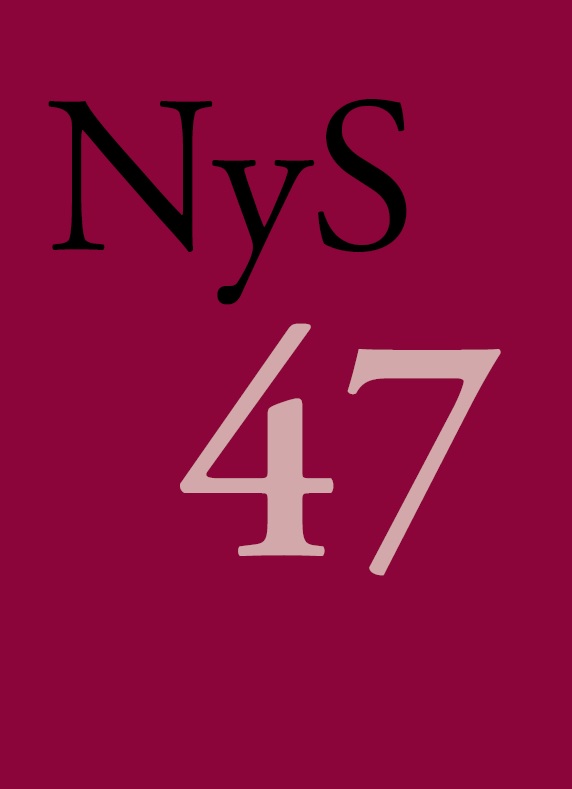Kan en dynamisk afkodningstekst i børnehaveklassen bidrage til at forudsige læsevanskeligheder i 1. klasse? Foreløbige resultater fra en langtidsundersøgelse
DOI:
https://doi.org/10.7146/nys.v47i47.19915Abstract
The aim of the research reported here was to examine the validity of a new dynamic test of the initial development of reading. In the dynamic test, participants are taught three novel letters and how to synthesize the letter sounds into new words. This test was administered along with traditional tests of reading, letter knowledge and phonological awareness to 176 children at the end of the kindergarten grade. Three months into Grade 1, traditional tests of reading were administered to the same children. It was found that performance on the dynamic test correlated highly with concurrent performance on traditional tests of reading, letter knowledge, and phonological awareness in the kindergarten grade. Importantly, the dynamic test contributed significantly to the prediction of reading abilities in Grade 1 even after controlling for traditional pre-school predictors: letter knowledge and phonological awareness. The dynamic test was found to contribute to the early identification of children at risk of poor reading abilities among native speakers of Danish as well as among children with Danish as a second language. These results provide preliminary support for the validity of the dynamic test of reading.Downloads
Published
How to Cite
Issue
Section
License
Forfatteren/forfatterne og NyS har ophavsret til de artikler og anmeldelser der bringes i tidsskriftet. NyS har ophavsretten til den udgivne version af tidsskriftet. Forfatteren har ophavsretten til sin egen tekst. Forfattere kan arkivere den publicerede artikel på deres institutions forskningsarkiv (Institutional Repository) eller en privat hjemmeside, når forfatteren samtidig linker til artiklen med den officielle DOI.
For artikler publiceret i NyS tillades at læsere kan downloade, kopiere, udskrive, søge eller linke til og citere fra artikler til ethvert lovligt formål. Artikler kan frit deles og linkes til på forsknings- og undervisningsnetværk (så som Blackboard, Moodle, Canvas o.a.). Link foretrækkes fordi det giver oplysning om brug af tidsskriftets artikler, og fordi det anerkender tidsskriftets redaktionelle arbejde. NyS tillader ikke at læsere bruger artikler eller dele af dem i egne artikler uden at citere, eller at læsere på anden vis anvender dem til kommercielle formål.





